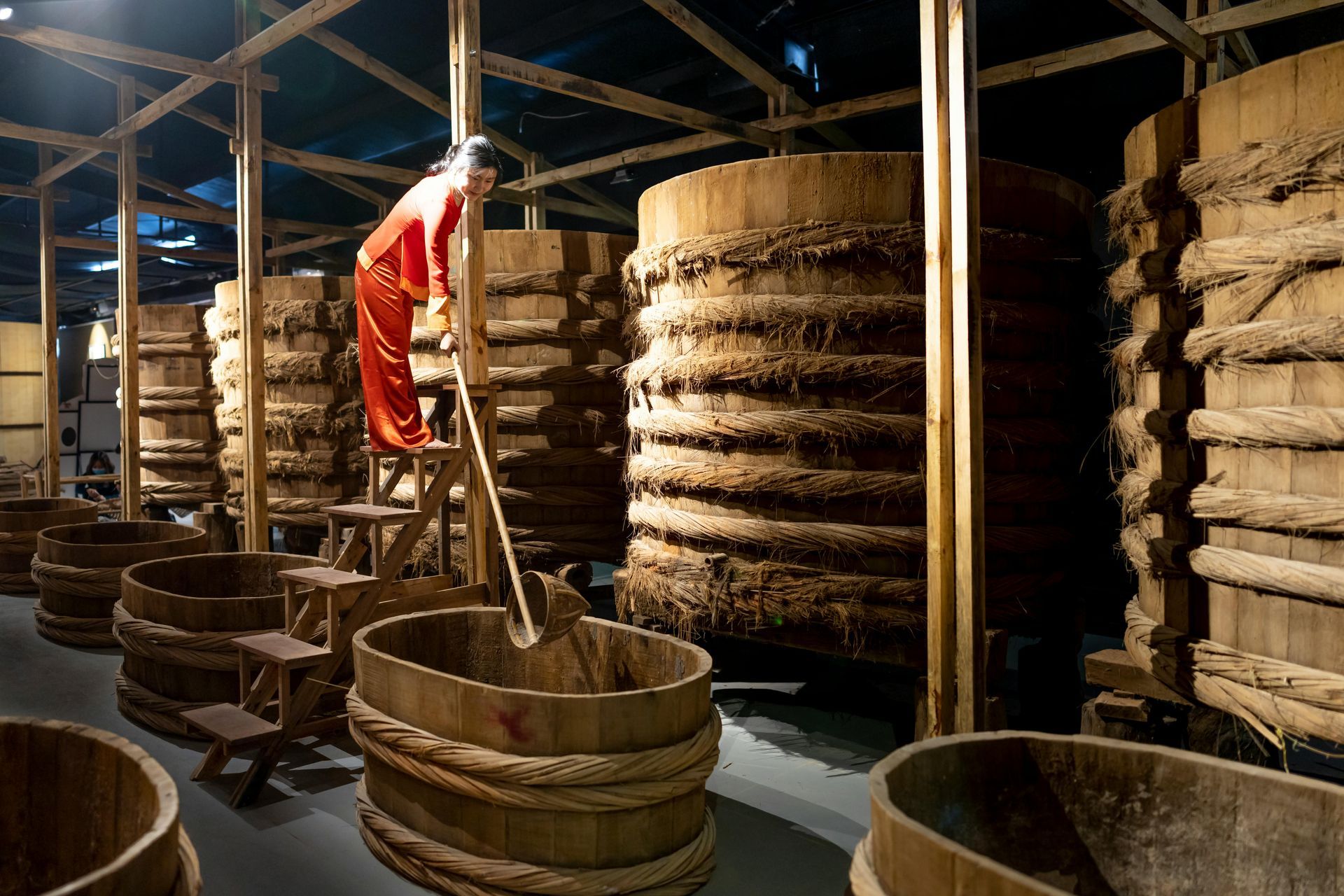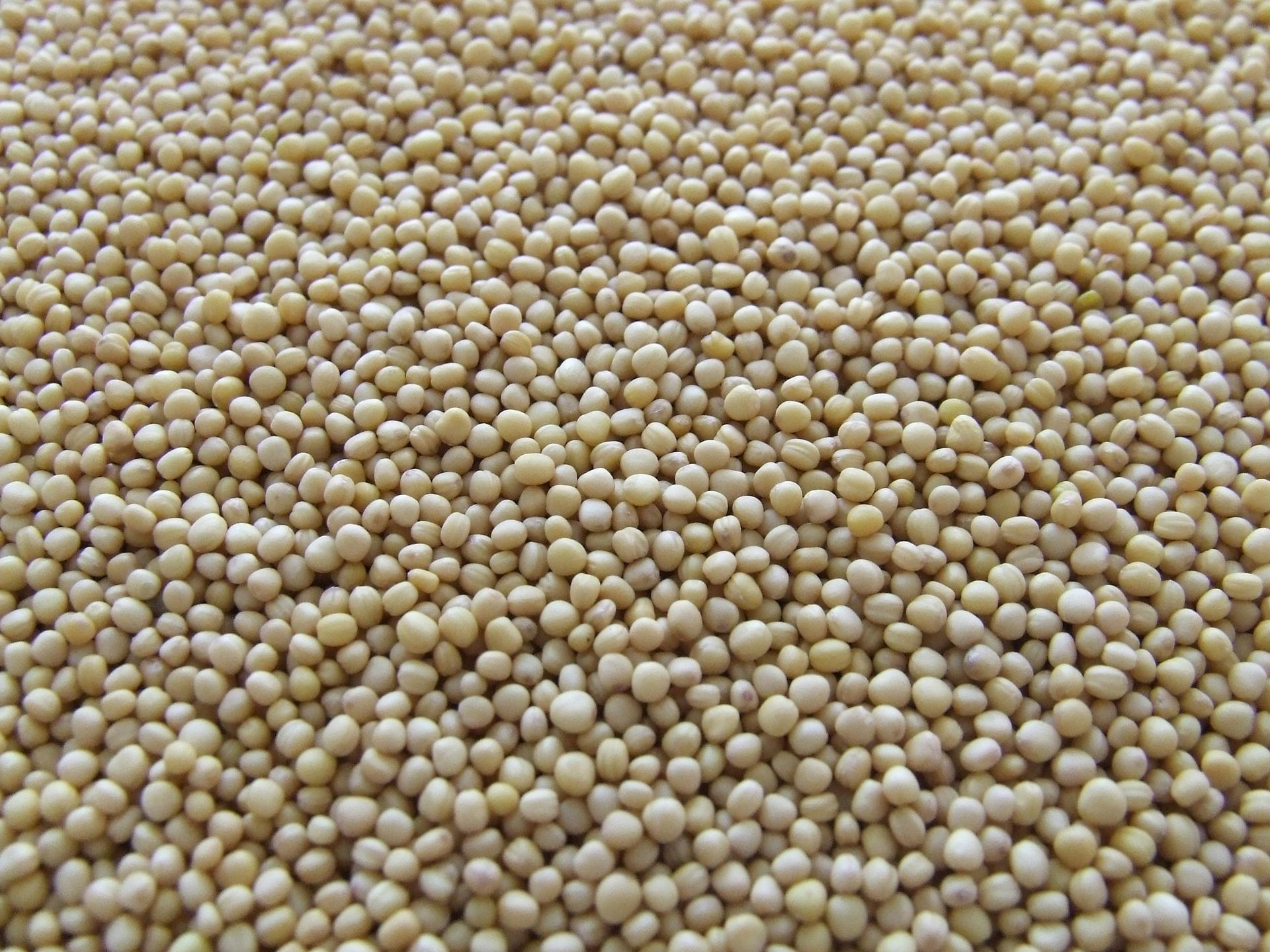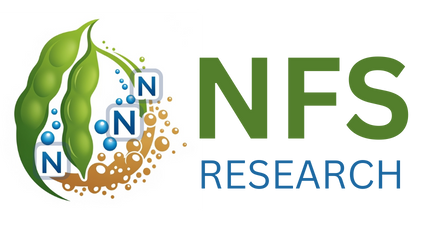Haelan 951, Nitrogen Fermented Soy, and Cancer Prevention Research
Haelan 951, Nitrogen Fermented Soy, and Cancer Prevention Research
Disclaimer: This article is for educational and research purposes only. It summarizes scientific literature and historical use. It does not make medical claims or provide medical advice.
For more than three decades, Haelan 951 has attracted attention from scientists studying nutritional oncology and cancer prevention pathways. Nitrogen fermentation produces a highly concentrated form of soy rich in isoflavone aglycones, bioactive peptides, polyamines, and antioxidant compounds. These components have been investigated in relation to hormone regulation, oxidative stress, inflammation, angiogenesis, immune modulation, and cellular signaling.
Although no single food can prevent cancer, the biochemical profile of nitrogen fermented soy aligns with several mechanisms associated with cancer risk reduction. This makes Haelan 951 one of the most studied therapeutic soy preparations in the world.
1. Why Fermented Soy Has Long Been Connected to Cancer Prevention Research
Population Data
Large cohort studies in Asia show that diets high in fermented soy correlate with lower risk of breast, prostate, and gastrointestinal cancers. These findings are consistent across multiple populations with long term dietary data, including Shanghai, Japan, and Singapore [1].
Mechanisms Relevant to Cancer Biology
Cancer prevention science focuses on early pathways rather than late stage disease. Fermented soy has been shown to influence several of these early biological mechanisms:
- SERM behavior of isoflavones
Genistein and daidzein bind estrogen receptors alpha and beta in selective ways that may promote healthy activity in breast and prostate tissue [2]. - Reduction of oxidative stress
Fermented soy peptides and genistein help protect DNA from oxidative damage while supporting cellular antioxidant responses [3]. - Influence on apoptosis
Studies show that fermented soy compounds can stimulate healthy cell turnover and apoptosis in abnormal cells in lab environments [4]. - Anti angiogenic effects
Genistein has demonstrated the ability to inhibit angiogenesis, an early step in abnormal tissue development [5]. - Immune modulation
Bioactive peptides found in fermented soy can enhance natural killer cell activity and influence macrophage function [6].
These mechanisms are part of why fermented soy consistently shows up in cancer prevention literature.
2. What Makes Haelan 951 Unique in This Field
Haelan 951 is not just another soy product. Nitrogen fermentation dramatically changes the biochemical structure of soy.
Aglycone Isoflavones
Most soy foods contain isoflavone glycosides which require gut bacteria for conversion. Haelan 951 contains isoflavones primarily in aglycone form, which are more bioavailable and can be absorbed rapidly.
High Polyamine Content
Nitrogen fermentation produces significant amounts of spermidine and other polyamines. Spermidine is a compound strongly associated with autophagy, DNA protection, and longevity. Higher dietary spermidine intake has been linked to reduced cancer mortality in several population studies [7].
Short Chain Bioactive Peptides
Haelan’s fermentation breaks soy proteins into highly absorbable peptides. These peptides have been shown to influence inflammation, immunity, and cellular stress responses.
Reduced Anti Nutrients
Phytates, lectins, and trypsin inhibitors are almost eliminated during nitrogen fermentation, making nutrient uptake more efficient.
High Concentration
A small serving delivers a dense array of bioactive compounds that typically require multiple servings of fermented foods to match.
Because of these characteristics, Haelan 951 is frequently referenced in nutritional oncology literature and remains a focus for researchers studying the intersection of diet and cancer biology.
3. Areas of Cancer Prevention Research Where Haelan 951 Is Most Relevant
Hormone Related Cancers
Isoflavones have been extensively studied for their effects on hormone sensitive tissues. SERM activity may help regulate estrogen dominance, receptor imbalance, and metabolite formation in breast and prostate tissue [2,8].
Gut Microbiome and Equol Production
Fermented soy enhances beneficial gut microbiota, which plays a major role in inflammation control, immune function, and hormone metabolism. Some people convert daidzein into equol, a metabolite with strong estrogen receptor beta affinity and potential cancer protective effects [9].
Inflammation and NF kB Suppression
Chronic inflammation is a core driver of many cancers. Components of nitrogen fermented soy can down regulate NF kB, one of the master switches for inflammatory signaling [10].
Epigenetic Influences
Isoflavones can influence gene expression related to detoxification, oxidative stress management, and DNA repair.
Autophagy Support
Polyamines, particularly spermidine, stimulate autophagy, a cellular cleanup process essential to preventing the accumulation of damaged cells [7].
These areas provide a scientific basis for understanding why Haelan 951 remains relevant to cancer prevention discussions.
4. Historical Use in Oncology Nutrition
Nitrogen fermented soy has been used for more than 30 years by individuals seeking nutritional support during chemotherapy, radiation, or periods of physical stress. Early practitioners used Haelan 951 because:
- It delivers a high concentration of difficult to obtain bioactive compounds
- It is easier to digest than typical soy foods
- Many of its compounds have documented effects on cancer related biological pathways
- Case reports described improvements in appetite, energy, gut tolerance, and biomarkers linked to oxidative stress and immune function
This long record of use is part of what drove researchers to examine the product more deeply.
5. Why Nitrogen Fermented Soy Remains a Research Priority
Scientific interest persists for several reasons:
- Its nutrient profile is unique in the soy category
- Many of its compounds have known cancer preventive mechanisms
- It supports multiple pathways that researchers consider protective
- It has a long history of human use without significant safety concerns
- It is one of the few foods with both traditional and modern oncology relevance
Haelan 951 represents an uncommon blend of biochemical density, bioavailability, and historical continuity.
6. Bottom Line
Decades of research, consistent mechanistic findings, and population evidence all point to fermented soy as one of the most meaningful foods in the study of cancer prevention. Haelan 951 takes this concept further by concentrating these compounds in a bioavailable, nitrogen fermented format that has been used and researched for more than 30 years.
While no food can eliminate cancer risk, nitrogen fermented soy continues to play a significant role in scientific discussions about long term cellular health and cancer prevention pathways.
Resources and Citations
Nechuta et al., 2012
Soy intake after diagnosis and breast cancer survival
https://pubmed.ncbi.nlm.nih.gov/22648714/
Chi et al., 2013
Post-diagnosis soy food intake and breast cancer survival
https://journal.waocp.org/article_27665.html
Messina, 2016 (Prognosis Review)
Soy foods and breast cancer development and prognosis
https://pubmed.ncbi.nlm.nih.gov/27161216/
Messina, 2016 (Nutrients Update)
Soy and health update
https://www.mdpi.com/2072-6643/8/12/754
Messina, 2014
Soy foods and health in postmenopausal women
https://pubmed.ncbi.nlm.nih.gov/24898224/
Magee & Rowland, 2004
Phytoestrogens and hormone-related cancer mechanisms
https://pubmed.ncbi.nlm.nih.gov/15035679/
Banerjee et al., 2008
Multi-targeted anti-cancer effects of genistein
https://pubmed.ncbi.nlm.nih.gov/18472213/
Fotsis et al., 1993
Genistein as an inhibitor of angiogenesis
https://pubmed.ncbi.nlm.nih.gov/7685116/
Lampe, 2009
Equol and soy food efficacy
https://pubmed.ncbi.nlm.nih.gov/19357217/
De Mejia & Dia, 2009
Lunasin suppresses NF-κB in macrophages
https://pubmed.ncbi.nlm.nih.gov/19682518/
Cam & de Mejia, 2012
Lunasin inhibits Akt-mediated NF-κB activation
https://onlinelibrary.wiley.com/doi/10.1002/mnfr.201200301
Madeo et al., 2018
Spermidine, autophagy, and longevity
https://www.science.org/doi/10.1126/science.aan2788
Rothe et al., 2015
Haelan 951 induces growth arrest and apoptosis in pancreatic cancer cells
https://pubmed.ncbi.nlm.nih.gov/26138287/
Rohr et al., 2012
Fermented soy FSWW08 effects on hematology and cachexia
https://pubmed.ncbi.nlm.nih.gov/25436700/
Gocan et al., 2011
Immune management in resistant cancer patients using fermented soy
https://pubmed.ncbi.nlm.nih.gov/25961344/










